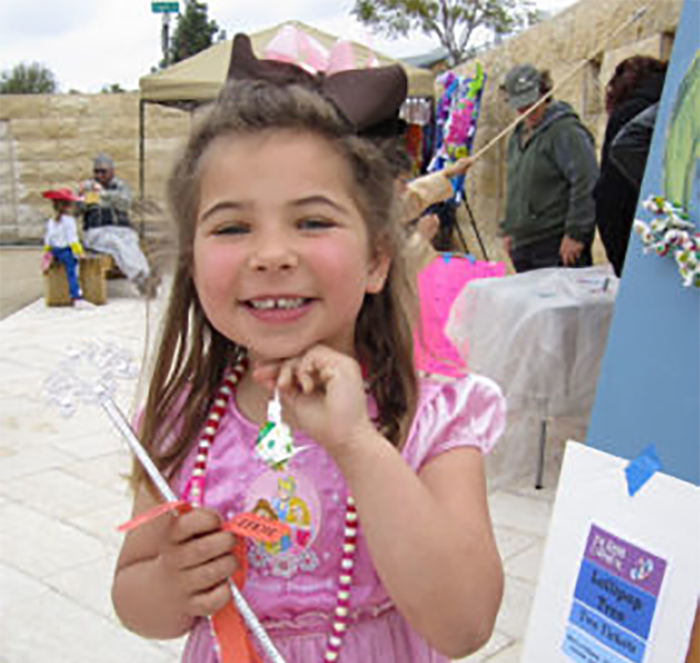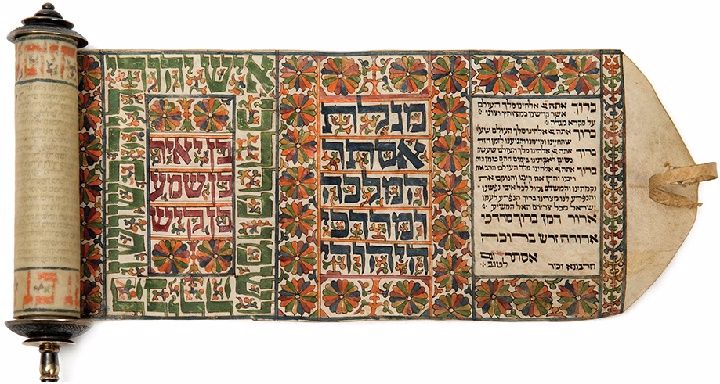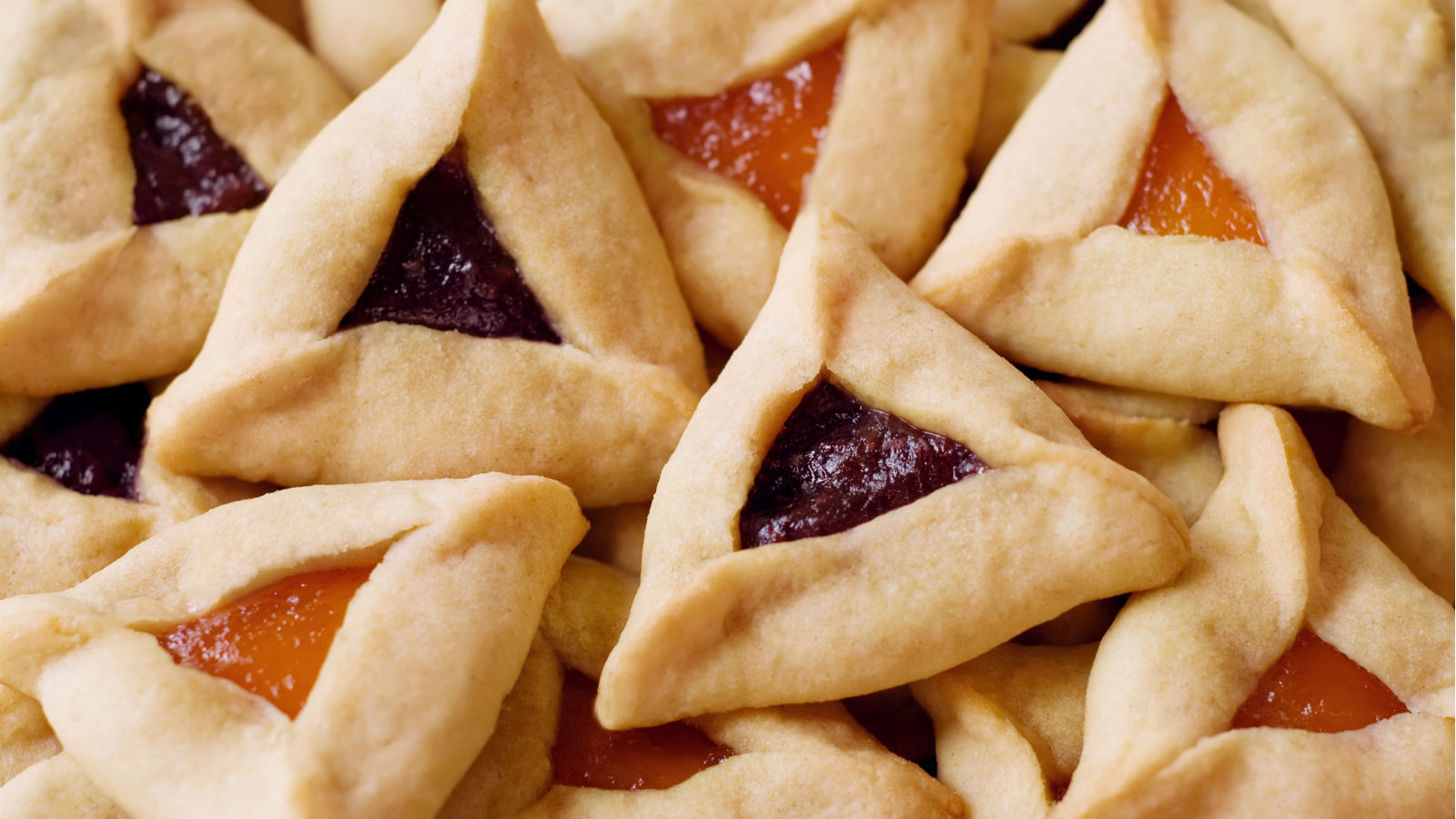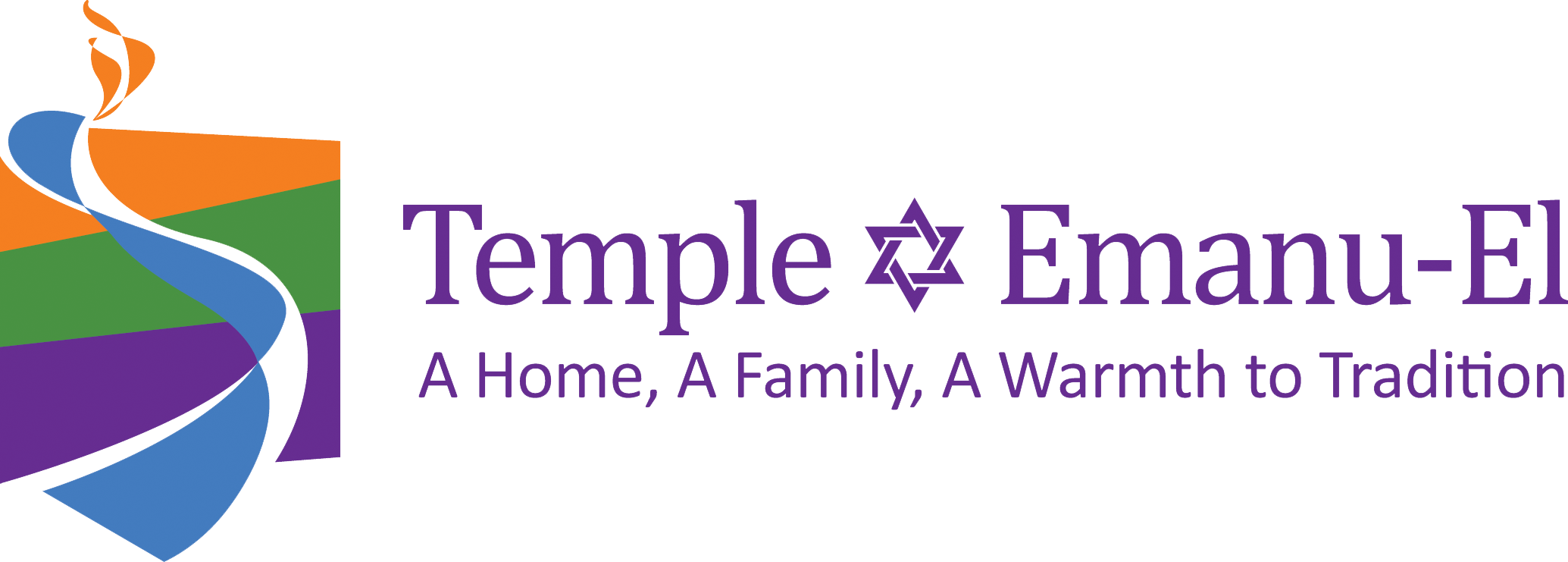
Purim
We often think of Purim with its costumes and noisemakers as a children’s holiday. But its themes and ideas are of great importance to Jewish life. In fact, our tradition tells us that we are to drop whatever we are doing, no matter its importance, to go and listen to the story of Purim.
What is the Megillah?
Megillah means scroll, most often referring to Megillat Esther, literally “The Scroll of Esther,” also known as the “Book of Esther.”
According to the Talmud, “The study of Torah is interrupted for the reading of the Megillah.” And Maimonides (a 12th century sage and rabbi) teaches, “The reading of the Megillah certainly supersedes all other mitzvot.” (Maimonides,Yad, Megillah 1:1)
Traditionally, congregations gather together to read the Megillah at both the evening and morning services on Purim. When the name of Haman is read, congregants use noisemakers to drown out the sound of his name.

What does Purim celebrate?
Purim celebrates the Jews’ escape from extinction in Persia. In fact, their complete victory in the story is such an inversion of what might have happened that the holiday is celebrated with general silliness and merry-making.
What are some of the customs of Purim?
In the Book of Esther, we read that Purim is a time for “feasting and merrymaking” as well as for “sending gifts to one another and presents to the poor” (Esther 9:22). In addition to reading the Megillah, celebrants dress up in costumes; have festive parties; perform silly theatrical adaptations of the story of the Megillah called “Purim shpiels”; send baskets of food to friends, called mishloach manot; and give gifts to the poor, called matanot l’evyonim.
What are mishloach manot?
Mishloach manot are gifts of food that friends (and prospective new friends!) give to one another on Purim. Most include the traditional Purim food of hamantashen, but many include a wide variety of foods and treats. They’re also commonly referred to by their Yiddish name, shalachmanos.
What are hamantashen?
Hamantashen are three-cornered cookies made from dough with a filling in the center. The most popular fillings are apricot, cherry, poppy (also called mun), prune and chocolate.
What are Matanot l’evyonim?
Matanot l’evyonim are gifts to the poor so that they, too, can celebrate Purim with a special meal.
What is a Purim-shpiel?
A Purim-shpiel (pronounced SHPEEL, rhymes with “reel”) is a humorous skit presented on Purim. Most of them parody the story of the Book of Esther, but it is also common for congregations to take the opportunity to poke some gentle fun at themselves and their idiosyncrasies.


